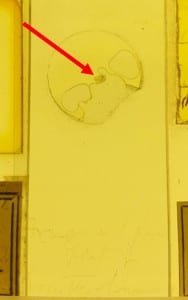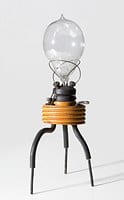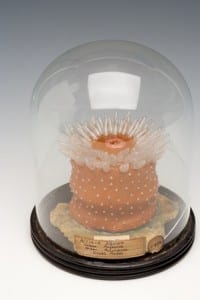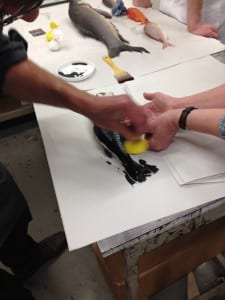Specimen of the Week 191 : Rhamphorhynchus wing cast
By Tannis Davidson, on 8 June 2015
One of my favourite pastimes is to do a bit of research – on just about anything. I enjoy investigative work and the process of discovery. Luckily, the nature of my work at the Grant Museum ensures that there are plenty of opportunities to do museum-detective work. It could be a case of matching up an archival record with an unaccessioned specimen or figuring out a valid taxonomic name for a mysterious beast in a jar.
It is both a burden and a blessing to work with historic collections which have varying degrees of documentary information: while it would be preferable to have more/most/all information about an object, gaps in the data allow for additional research and new discoveries.
Recently I was doing some research on another Grant Museum Rhamphorhynchus specimen and one thing led to another…and another…and another. It turns out that there is a lot of history behind this week’s SOTW – and although it is ‘only’ a plaster cast – it is part of a famous lineage of one of the most famous fossil finds!
This week’s Specimen of the Week is… Read the rest of this entry »
Re-Launch in conversation – artist Julia McKinlay
By Jenny M Wedgbury, on 4 June 2015
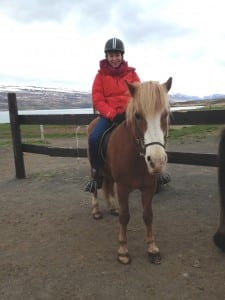 Here’s our second Re-Launch in conversation interview, this time with artist Julia McKinlay.
Here’s our second Re-Launch in conversation interview, this time with artist Julia McKinlay.
Can you tell us a little about you as an artist and your current practice?
My work often begins with a research expedition to a museum or particular landscape. At the moment I am in Iceland to see the unique volcanic landscape there and hopefully this research will lead to some new work. I move between sculpture and printmaking. My main interest is in trying to create another world in the gallery through using space and structures to display a collection of objects that I have made to represent different elements of an environment. Here’s a link to my blog for my Boise Travel Scholarship funded time in Iceland.
Re-Launch in conversation – artist Kate Keara Pelen
By Jenny M Wedgbury, on 2 June 2015
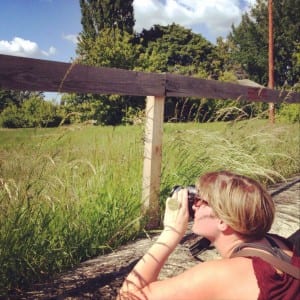 It’s been great working on the Re-Launch exhibition this summer term. To give you more of an insight into the artists whose work is included in the show I’ve interviewed some of them to find out more about their practice and connection to UCL Art Museum and the Slade School of Art. Below is the first artist interview with artist Kate Keara Pelen.
It’s been great working on the Re-Launch exhibition this summer term. To give you more of an insight into the artists whose work is included in the show I’ve interviewed some of them to find out more about their practice and connection to UCL Art Museum and the Slade School of Art. Below is the first artist interview with artist Kate Keara Pelen.
Specimen of the Week 190: The Platypus Tooth
By Jack Ashby, on 1 June 2015
I have to admit that when I first encountered this object I didn’t recognise what it was until I read the label, which is scratched into the glass slide that houses it. I don’t feel too bad about that as it is essentially microscopic, and very few people have ever seen one of these specimens. It is among the very smallest objects in the Museum.
Unsurprisingly then, it is on display in the Micrarium – our place for tiny things. This beautiful back-lit cave showcases over 2000 of the 20,000 microscope slides in our care – it broke the mould for how museums display their slide collections.
I first wrote about the species featured on this slide in my first ever Specimen of the Week, but that was taxidermy – a real A-Lister compared to the miniscule, obscure fragment I have selected here. This week’s Specimen of the Week is…
Underwhelming Fossil Fish of the Month: May 2015
By Mark Carnall, on 29 May 2015
It’s only taken a total of 30 months of monthly underwhelming fossil fish, but the series has finally received the overdue recognition that it deserves. The series, which stops to take a look at the less sexy, less interesting and generally underwhelming fish fossils that every natural history museum has in its stores, has been recognised as a tour de force in the museum/palaeo/biology blogosphere. There are so many people to thank but I deserve most of the credit to be honest. I am of course talking about the first ever Underwhelming Fossil Fish of the Month fan art*. That’s when you know you’ve really made it. Here it be:
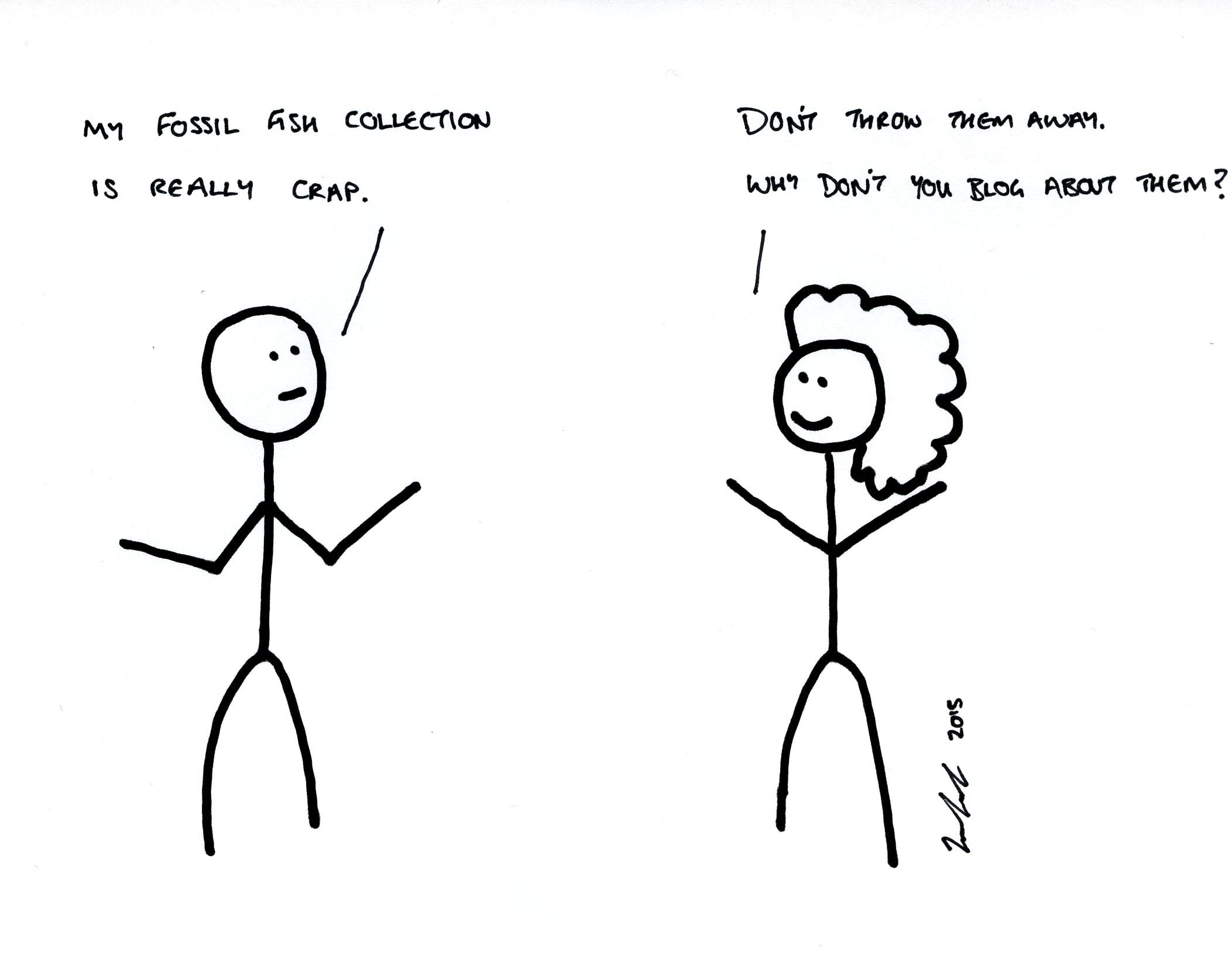
(c) Up-and-coming-palaeo-cartoonist and Curator of Natural History, Plymouth City Museum & Art Gallery, Jan Freedman
This cartoon, showing a bald lady talking to Brian May about fossil fish was first unveiled at last week’s Natural Sciences Collections Association conference, Museums Unleashed, about the power of social media and sums up this blog series in one image. But that’s enough boasting about how underwhelming fossil fish transcend media, we all knew this to be true so without further ado let’s clamp our peepers on this month’s rough in the diamonds. Read the rest of this entry »
Re-Launch of UCL Art Museum HQ
By Jenny M Wedgbury, on 28 May 2015
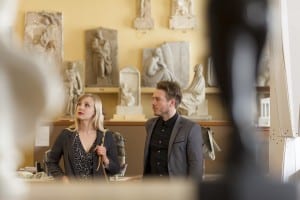 It’s been an exciting few months for UCL Art Museum’s HQ with the completion of reburbishment work and the opening of our Re-Launch summer exhibition. Our main space may sit on a footprint that is just short of that of half a tennis court but for a space so small we have big ambitions and a wide reach.
It’s been an exciting few months for UCL Art Museum’s HQ with the completion of reburbishment work and the opening of our Re-Launch summer exhibition. Our main space may sit on a footprint that is just short of that of half a tennis court but for a space so small we have big ambitions and a wide reach.
Finding meaning in the Thermionic valve
By Nick J Booth, on 26 May 2015
This guest blog has been written by Kelsey Svaren, a placement student who has been working with us over the past few months.
Hi, my name is Kelsey and I am current MA Museum Studies student here at UCL. As part of my program, I am required to undergo a placement where I work on a museum related project. I have spent the last month working closely with Nick Booth, curator of the Electrical Engineering Collections at UCL. I have spent this time researching the numerous thermionic valves in the collection.
Before I started my placement, I had a vague idea of what a thermionic valve is. I knew that it could be used in technologies, such as radios and telephones, to receive and amplify radio signals. Other than that, I was pretty clueless. Since I have started my placement, I have learned more about thermionic valves than I ever thought I would!
The thermionic valve is especially important to UCL, because it’s inventor, John Ambrose Fleming was a professor at UCL and helped to develop the Electrical Engineering Department that we see today.
Specimen of the Week 189: Actinia equina
By tcrnrh1, on 26 May 2015
We have had both an ethics and an art angle during the last week at the Grant Museum which you might have noticed if you attended some of our events. The Strange Creatures Late featured live, ethical taxidermy with Jazmine Miles-Long and the Great Grant Knit-A-Thon included talks from History of Art PhD student and Strange Creatures c0-curator Sarah Wade about craftivism, poaching and habitat destruction. And so, it seemed particularly appropriate to have an aesthetically pleasing, ethically sensitive representation of a specimen this week!
This week’s specimen of the week is…
Specimen of the Week 188: Spirorbis worms
By Mark Carnall, on 18 May 2015
If you check our specimen of the week widget, where you can see all past specimens of the weeks the vertebrates, in particular mammals, still dominate despite being a comparatively small group of animals. This week I’m going to focus attention on a far less furry or ferocious invertebrate animal because let’s face it they just don’t get the PR the Hollywood Animals do.
If you ever whiled away an afternoon at the beach rockpooling, you’ve undoubtedly come across these animals but may not have noticed or recognised them.
This week’s specimen of the week is… Read the rest of this entry »
Fish printing and reanimating the dead
By Eleanor Morgan, on 14 May 2015
How do you reanimate things that are dead? Since beginning my role as Artist in Residence at the Grant Museum I’ve been worrying at this question. My focus is on the Museum’s collection of glass sponges, but over the past six months these extraordinary animals have pushed me down other paths to explore. Some of these have led to very productive failures.
I’m thinking in particular of my attempts at waterless lithography, which is printing technique that uses silicone (in the form of bathroom sealant) to repel ink. You draw an image on a piece of metal, cover it in bathroom sealant and then once it is dried you wash the metal and the sealant will come off the areas on which you drew your picture. You now have a negative of your picture, which you can ink up and put through a printing press. I thought this was an ideal technique and material with which to explore glass sponges, which are themselves formed of silica. However, the problem came when I looked closer at the bottle of silicone remover that I was using – printed on the back of the label was a drawing of a dead fish. These chemicals are deadly to sea creatures if they enter their ecosystem. It seemed particularly grim for me to pursue a method of making images that could potentially kill its subject.
I’ve recently been exploring another fishy route. I had been told about an old Japanese technique called Gyotaku, which translates as ‘fish rubbing’. Read the rest of this entry »
 Close
Close



